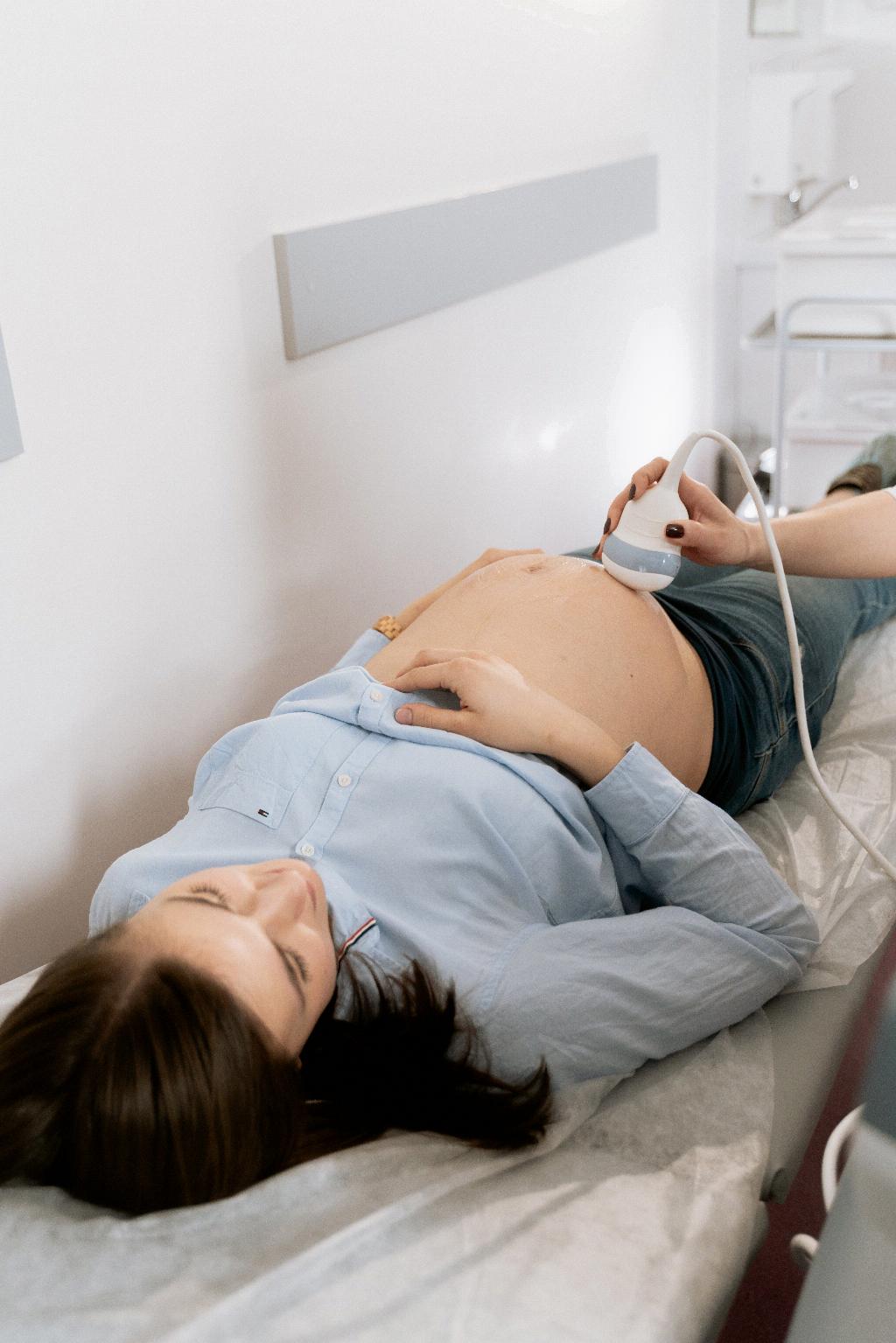When it comes to choosing the best bra for maternity, there are several factors to consider to ensure both comfort and functionality. One common concern among expecting and nursing mothers is whether underwire bras are suitable for maternity wear. There has been a longstanding belief that underwire bras could potentially cause issues with milk production and breastfeeding due to the pressure they exert on the breasts. However, recent research suggests that there is no concrete evidence to support this assumption.
While underwire bras do provide additional support and shaping, many women find them uncomfortable during pregnancy and breastfeeding due to the changing size and sensitivity of their breasts. It is essential to prioritize comfort and flexibility when selecting a maternity bra to accommodate the fluctuations in breast size that occur throughout pregnancy and nursing.
Non-underwire bras, such as soft cup or seamless bras, are often recommended for maternity wear as they offer a more relaxed fit and are less likely to cause discomfort or digging into sensitive breast tissue. These types of bras are designed to provide gentle support without the rigidity of underwire, making them a popular choice for expectant and nursing mothers.
Another crucial aspect to consider when choosing a maternity bra is the level of adjustability it offers. As your body changes during pregnancy and postpartum, having a bra with adjustable straps and multiple hook-and-eye closures can ensure a proper fit and maximum comfort. Look for bras with wide straps to distribute weight evenly and prevent shoulder strain.
For nursing mothers, nursing bras are specifically designed to facilitate breastfeeding by providing easy access to the breasts without the need to remove the entire bra. These bras typically feature drop-down cups or clip-down straps that allow for convenient nursing sessions while maintaining support and coverage.
When selecting a nursing bra, consider factors such as fabric composition, breathability, and ease of use. Breathable, moisture-wicking materials like cotton or bamboo are ideal for preventing irritation and promoting airflow, especially during postpartum recovery when the body may be more prone to sweating and discomfort.
Furthermore, seamless nursing bras are a popular choice for their smooth, discreet silhouette under clothing and minimal friction against the skin. Opt for bras with soft, stretchy fabrics that can accommodate changes in breast size throughout the day and provide a snug yet gentle fit that adapts to your body’s needs.
In addition to comfort and functionality, consider the style and design of the maternity bras you choose. While comfort should be a top priority, there are plenty of stylish and flattering options available that cater to different preferences and body types. Whether you prefer a seamless t-shirt bra for everyday wear or a lacy nursing bra for special occasions, prioritize a bra that makes you feel confident and supported.
It’s essential to regularly assess the fit of your maternity bras as your body transitions through pregnancy, childbirth, and lactation. Be attentive to any signs of discomfort, redness, or chafing, as these may indicate that your bra no longer fits properly or is putting undue pressure on your breasts. Investing in quality maternity bras that meet your needs can greatly enhance your comfort and confidence during this special time in your life.

